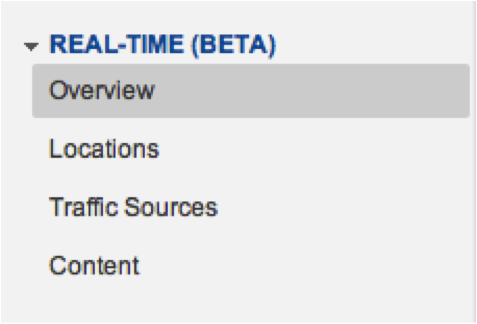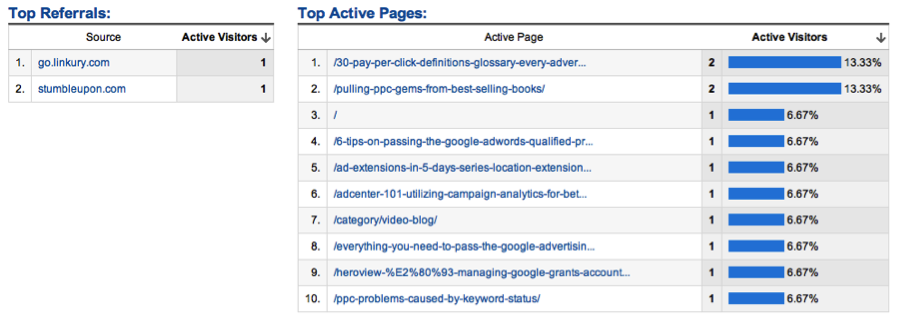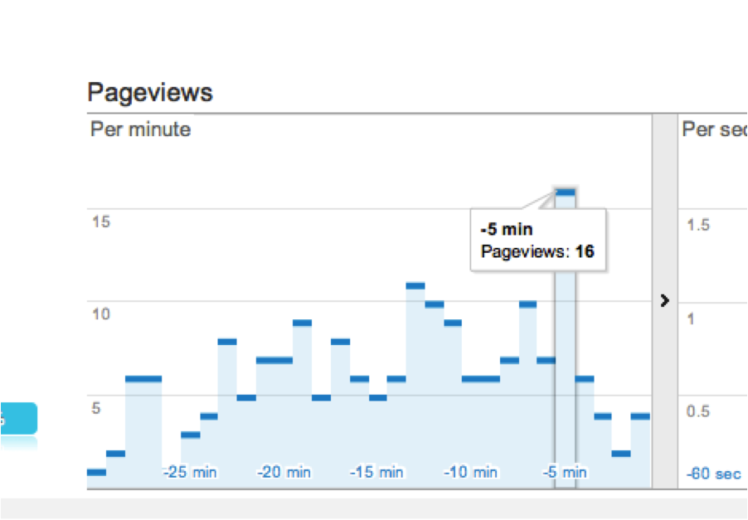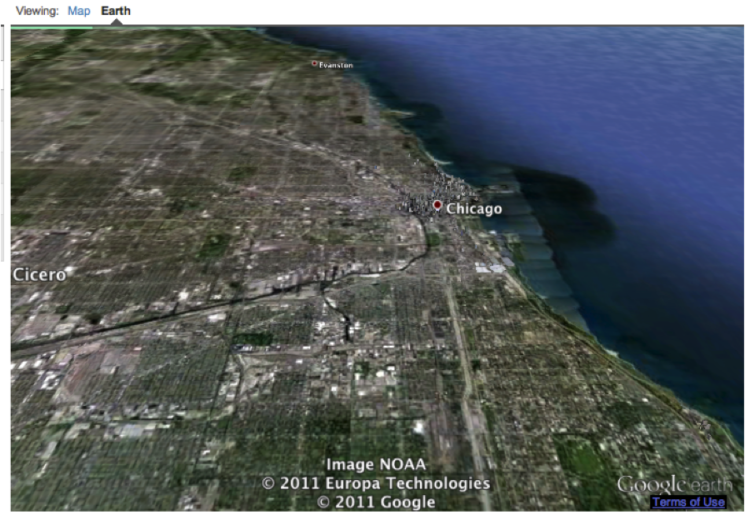With the new version of Google Analytics that was recently launched alongside Multi-channel funnels, Google also launched a new Beta called Real-Time. The launch was actually on September 29, and search marketers with access have done a great job of digging into this neat new tool and seeing what it can really do, and what sort of impact it might have on how we make decisions in the future. Google Analytics Real-Time shows you what’s happening on your website as it happens versus pulling reports and analyzing activity after it happens.
I actually first noticed Real Time when I was setting up GA on a personal blog. It’s a great way to see how your tracking is working right off the bat. At first, after I placed the Analytics code on the page, the system wasn’t registering that it was working, but I could actually see myself on the page with this real time tool, and could watch it following me around based on what active page I was viewing at the time. Therefore, I advise you to have some time on your hands before you dive in, because Real-Time is kind of addicting to explore.
The Layout
Where can you find real-time? First, if you’re using the new version of Google Analytics, you need to be on the Home tab. If you’re not using the new version, you should be able to toggle over to it from the old version and vice versa.
Real-Time Tabs
Overview Tab:
The Overview tab gives you a count of visitors that are currently active on your website, and what percentage of those are new versus returning users. In addition, you have the option to view page views per second or per minute. As the pageviews roll in over a 60 second time frame, they are attributed to your per minute account (the graph on the left hand side under pageviews) and recorded per minute for 30 minutes so that you can have a bit of time to analyze data before it disappears from Real-Time.
In addition, you can see a log of pageviews for the past 30 minutes, where you can see where your site received the most visits after a certain event. According to the blog post released on Blogspot, this tool can be used to review your social efforts in connection with site visitors. For instance, if you see greater spikes in a 30 minute window compared to the rest of the day, like in the image below, you can track it back to something that you perhaps Tweeted or somebody retweeted for you and better understand what sort of content your visitors like to see from you.
Locations Tab
The locations tab breaks down the amount of visitors on your website from different countries at different times, and hey, if you want, you can even opt in to using Google earth to show you where on the globe your visitors are coming from, however, all this really seems to do is make me dizzy as it is constantly updating itself to follow your visitors – so I’m going to keep it simple at the map view.
Traffic Sources Tab
The Traffic Sources section gives you a live breakdown of where each visitor came from (medium and source) and how many of those active visitors came from that area. In this client example below, you can see that the majority of the visitors are direct traffic, and which ones are visiting organically (and from which search engine) or through paid search (CPC).
If you click through to one of these segments, you can see additional information. In the example below, I’ve clicked through to a CPC segment, and it shows you which keywords your current visitors have come in on. You can do this similarly with organic or referral to see where your visitors are finding you.
Content Tab
The content tab gives you which pages on your website are currently being viewed. You can also see which pages were active in the past 30 minutes and how many page views they received, and of course, you can break down those pages to see where they came from. In this case, we have 8 direct visits and 1 visit from the organic Google search results.
I’m really excited about Real-Time and I think it’s a great step for Google Analytics. In addition, I’ve noticed a lot of folks commenting on what they’re using Real-Time to analyze on their websites and what sort of decisions they’re making with the tool. I’ve also read about people abandoning their current real time solutions in favor of the free Analytics tool. I think that Google has some things they could add in the future to make this tool even better, like greater social clarity and more in-depth information on paid search contributions. What do you think about Real-Time?












